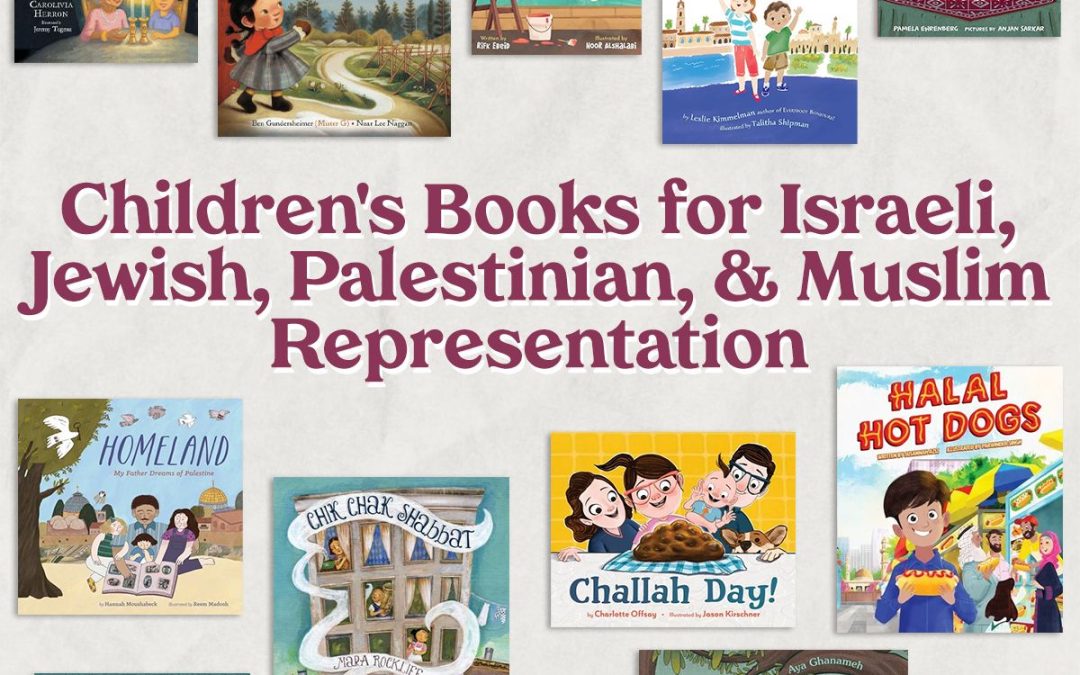by Karin Souren | Feb 23, 2024 | Resources
Looking for a resource to meet the requirement for the DEI Competency for Endorsement? Here is a FREE resource from the Center of Excellence for Infant and Early Childhood Mental Health Consultation: 2021 EQUITY IN INFANT AND EARLY CHILDHOOD MENTAL HEALTH CONSULTATION...

by Terri Buccarelli | Oct 13, 2023 | News, Resources
Many people have been asking for books to read to children to ensure representation of Jewish and Israeli families as well as Palestinian and Muslim families right now. It is important that we keep representation at the forefront of what we do and embrace humanity....
by Terri Buccarelli | Nov 22, 2021 | Resources
If you feel uncertain about how to start this conversation with children, practice with adults first. Notice the parts of the conversation where you might need assistance and ask for support from other adults. Ask children what they know and what they have heard....
by Terri Buccarelli | Nov 22, 2021 | Resources
1. Si no está seguro de cómo iniciar esta conversación con los niños(as), practique primero con los adultos. Observe las partes de la conversación en las que podría necesitar ayuda y pida apoyo a otros adultos. 2.Pregunte a los niños(as) qué saben y qué han escuchado....
by Terri Buccarelli | Nov 22, 2021 | News, Resources, Special News / Alerts
We are pleased to remind you of a 5-part graphic from ZERO TO THREE! IECMH Clinical Workforce Solution Pathways was co-created by stakeholders from around the country to capture the myriad of pathways of influence and opportunity related to increasing the size,...
by Terri Buccarelli | Sep 12, 2020 | News, Resources
A recent report from the Center for American Progress (CAP) examined U.S. Census Bureau’s National Survey of Children’s Health to better understand the prevalence of ACEs specifically in young children. CAP’s analysis found that more than 1 in 4 young children in the...


